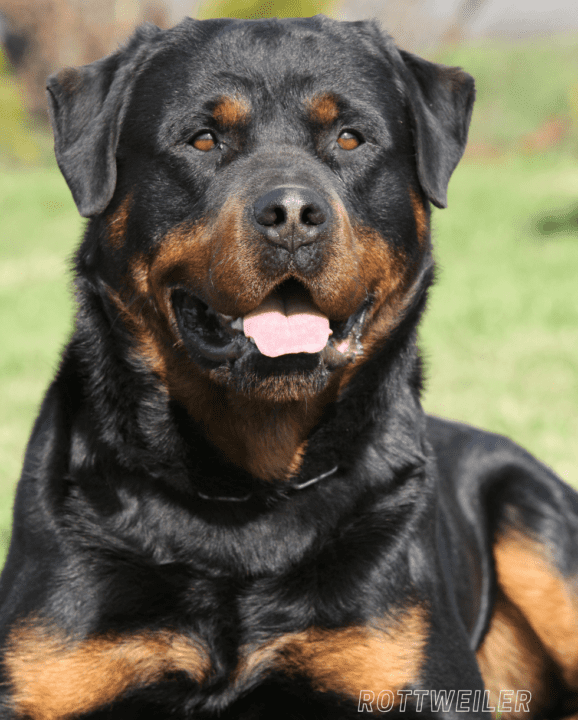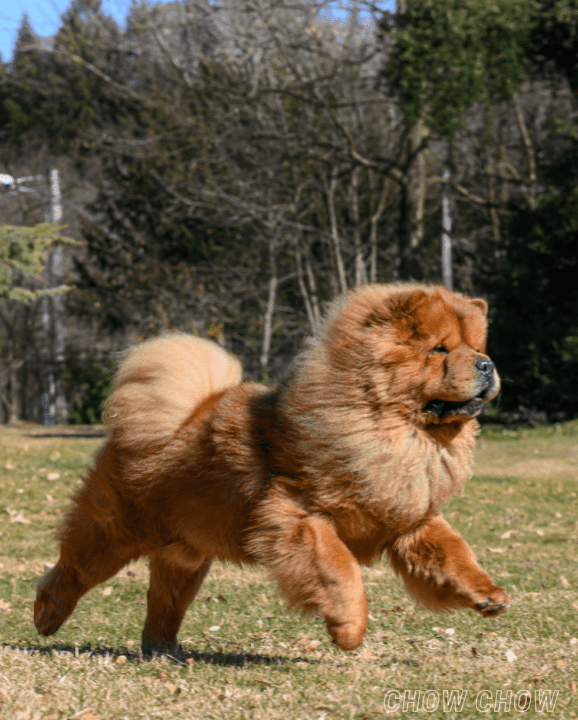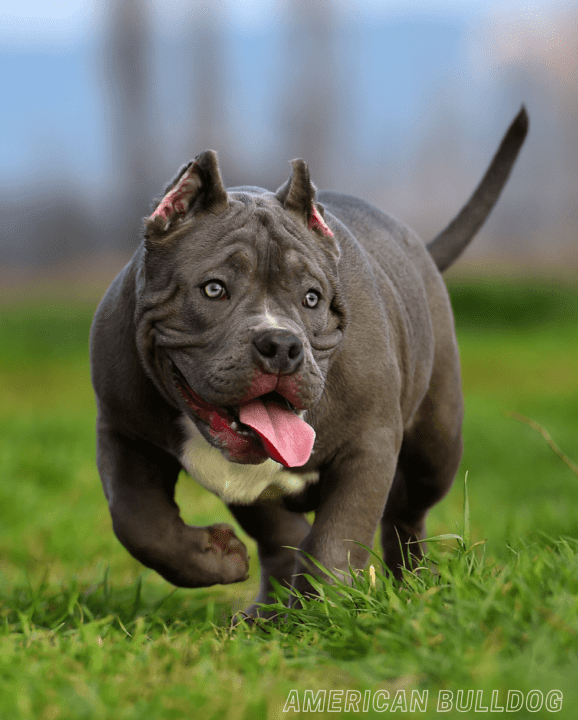Most Dangerous Dog Breeds
Understanding the concept of most dangerous dog breeds requires delving into a complex interplay of factors. While some may argue that it’s unfair to label certain breeds as inherently dangerous, statistics and historical data often point to specific breeds being involved in a disproportionate number of serious incidents.
However, it’s crucial to approach this topic with nuance and recognize that a dog’s behavior is influenced by a variety of factors including genetics, upbringing, and environment.
By exploring the most dangerous dog breeds and understanding the underlying causes of their behavior, we can work towards promoting responsible ownership and preventing avoidable incidents.
Factors Contributing to Dangerous Behavior
Genetics and breed predispositions
Lack of socialization and training
Environment and upbringing
The environment in which a dog is raised plays a significant role in shaping its behavior. Dogs that are subjected to neglect, abuse, or irresponsible breeding practices are more likely to exhibit aggressive tendencies.
Most Dangerous Dog Breeds
Pit Bull Terrier

Perhaps the most controversial of all dog breeds, Pit Bulls are often at the center of debates surrounding dangerous dogs.
While individual temperament varies widely, Pit Bulls have a reputation for strength and tenacity, traits that can manifest in aggressive behavior if not properly managed.
Rottweiler

Originally bred as herding and guard dogs, Rottweilers are known for their strength and loyalty.
However, they can also be territorial and protective, making early socialization and training essential for managing their behavior.
German Shepherd

Renowned for their intelligence and versatility, German Shepherds are commonly used in law enforcement and military roles.
While they can be excellent family pets when properly trained, they require consistent leadership and socialization to prevent behavioral issues.
Doberman Pinscher

With their sleek appearance and unwavering loyalty, Dobermans are often regarded as formidable guard dogs.
However, their protective instincts can sometimes manifest as aggression towards strangers if not properly socialized and trained.
Chow Chow

Known for their distinctive lion-like mane and aloof demeanor, Chow Chows can be fiercely protective of their families.
However, they can also be prone to aggression towards strangers and other animals if not properly socialized from a young age.
Bullmastiff

Originally bred to guard estates and livestock, Bullmastiffs are powerful and protective dogs.
While they are generally affectionate and gentle with family members, they can be wary of strangers and may exhibit territorial behavior if not properly socialized.
Siberian Husky

While beloved for their striking appearance and playful nature, Siberian Huskies have a high prey drive and a strong independent streak.
Without adequate exercise and mental stimulation, they can become destructive and may exhibit aggressive behavior towards smaller animals.
Alaskan Malamute

Bred for their strength and endurance, Alaskan Malamutes are powerful sled dogs with a strong prey drive.
Without proper training and socialization, they can be prone to territorial behavior and may exhibit aggression towards other dogs.
Akita

Revered for their loyalty and courage, Akitas are known for their strong protective instincts and suspicion of strangers.
While they can be affectionate and gentle with their families, they require early socialization and consistent training to prevent aggressive behavior towards unfamiliar individuals.
Staffordshire Bull Terrier

Often confused with Pit Bulls, Staffordshire Bull Terriers are strong and muscular dogs with a history of bull-baiting and fighting.
While they can be loving and loyal companions, they can also be prone to aggression towards other animals if not properly socialized and trained.
American Bulldog

With their muscular build and strong prey drive, American Bulldogs can be powerful and protective guardians.
However, they require early socialization and consistent training to channel their energy in a positive direction and prevent aggressive behavior towards strangers.
Controversy and Misconceptions
Breed-specific legislation
Role of media portrayal
Individual temperament vs. breed stereotypes
While certain breeds may have a higher likelihood of exhibiting aggressive behavior, it’s essential to recognize that each dog is an individual with its own unique temperament. Responsible ownership, proper training, and socialization are far more important factors in determining a dog’s behavior than breed alone.
Responsible Ownership and Prevention
Importance of proper training and socialization
Early socialization and obedience training are essential for all dogs, but particularly for breeds with a predisposition towards aggression. Positive reinforcement techniques can help to build trust and confidence while discouraging undesirable behavior.
Understanding canine behavior and body language
Being able to recognize and interpret canine body language is crucial for preventing conflicts and understanding when a dog may be feeling anxious or threatened. By respecting a dog’s boundaries and avoiding situations that may trigger fear or aggression, owners can help to prevent avoidable incidents.
Promoting responsible breeding practices
Conclusion
In conclusion, the concept of dangerous dog breeds is a complex and often controversial topic that requires careful consideration of various factors.
While certain breeds may have a predisposition towards aggressive behavior, it’s essential to recognize that individual temperament is influenced by genetics, upbringing, and environment.
By promoting responsible ownership practices, including proper training, socialization, and support for reputable breeders, we can work towards preventing avoidable incidents and fostering positive relationships between dogs and humans.
Ultimately, it’s not the breed of the dog that determines its behavior, but rather the care and guidance provided by its owner.
Table of Contents
FAQs
1. Are certain dog breeds inherently dangerous?
2. Why do some breeds have a reputation for being dangerous?
3. How can I determine if a dog is dangerous?
4. Can dangerous behavior be prevented or managed?
5. Should certain breeds be banned or restricted?
6. What steps can I take to ensure my dog is well-behaved and safe?
- You might be interested in reading this posts as well

Shielding Homes: The Vital Roles of Protective Dog Breeds

“Unveiling the Charm: Top 05 Friendliest Dog Breeds Revealed”

“The Ultimate Guide to Fastest Dog Breeds for Running”

08 Adorable Fluffy Dog Breeds That Will Melt Your Heart

“Faithful Companions: Discovering the Most Loyal Dog Breeds”

